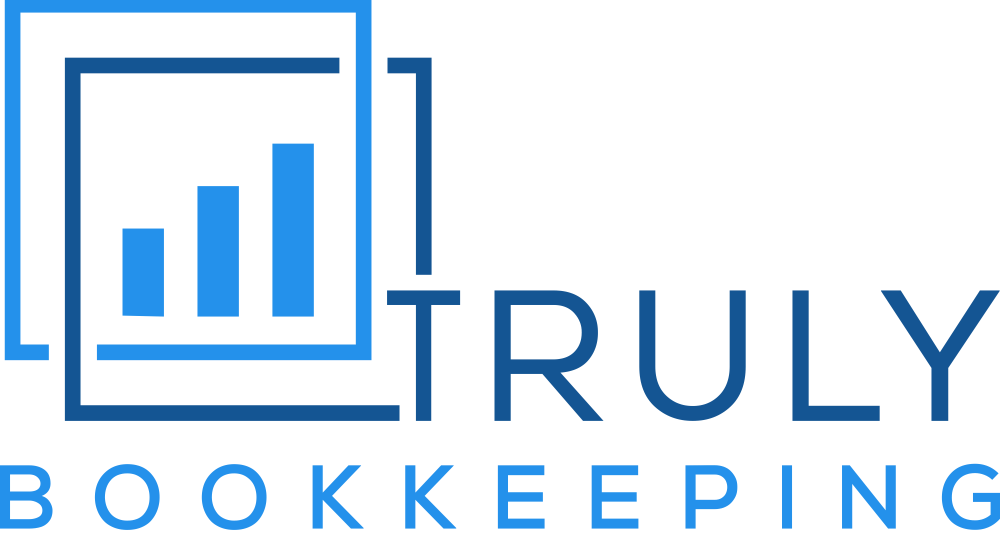How to Price Your Products

How to Price Your Products
It doesn’t matter what type of business you start, every business owner feels a bit of hesitation when sending a quote or posting their prices for the first time. There are so many factors to consider. The risk of losing a sale feels like it is always in balance with the risk of undervaluing your work.
So what do you do?
Many of us look to competitors or similar services to provide us with some boundaries. We may charge a flat fee for what we hope to make. We may even post a price and then bring it down bit by bit when we do not hit our sales goals.
Where Not to Look
It is understandable why we would follow these approaches. They give us some reassurance that we are pricing correctly. The only issue is these methods do not take into account anything that is going on within your business.
When relying on pricing from other businesses you are not also accounting for the differences in labor skills, expenses, taxes, overhead, and all the processes that go into their business. These things take time and resources which should play a role in how you develop your prices.
Instead of looking outward, we should be looking inward. Internally, what do your expenses look like? If you have more expenses than a competitor then you should be charging more.
For example, let’s say your workers are more experienced than your competitor and therefore can put more quality work into the products. If you were to be relying on the price of your competitor you would be devaluing their work. It also means you would have to pay them less.
Looking to competitors in your industry can help guide you but they should not be the primary way you come up with your prices.
Instead, we recommend following the Truly Profit Plan.
To learn more about The Truly Profit plan, check out our blog article here.
Pricing Your Products
Step 1 – Calculate Your Budgets
Now that you understand what the Truly Profit Plan is, you are ready to begin calculating the price of your products.
Start by compiling your expenses, monthly, annual, and anything else you expect to show up on your financial statements. Add them up over a year.
Let’s say you calculate total expenses for the year to be $40,000.
If we were to follow the Truly Profit Plan, this would also mean you have the following budgets:
Owners Pay – $40,000
Taxes – $10,000
Profit – $10,000
When added up this would mean you would have to make $100,000 for the entire year.
Step 2 – Calculate Your Goals
Now that you have a goal of $100,000 for the year, let’s determine how many products you believe you could sell in that year.
If you can confidently say you could sell 10 per month, we would take:
Annual Expenses / (monthly products sold x 12 months) = Product Price
$100,000 / (10 x 12) = $833
If this price seems doable, then great! You can begin confidently posting your prices. If you feel like this price is too high, or maybe too low then there are a few ways we can adjust.
Step 3 – Adjust Your Goals
If you feel that $833 is too high you can bring this number down by 1 of 2 ways.
First, you can work to decrease your expenses. Remember, under the Truly Profit Plan we are making Profit and Owners Pay a priority! Review your expenses and see where you can cut back or shift things.
Another way you can bring down the price of your products is to set more aggressive selling goals. This is ambitious and can increase your risk, but it is an option.
If you feel the price is too low, then go back to step 1, and instead of calculating your expenses first, start with Owner’s Pay. What do you want to make annually? Start at $40,000, then go up from there. This will help you set more aggressive pricing while making sure you too get paid your worth.
Few business owners start a business knowing exactly who their audience is and what they should be paying for their products. It requires market research and in-depth knowledge of your business. This is a great place to start when trying to establish pricing.
You can adjust over time and get even more advanced with calculating seasonal product demands or various SKUs.
If you are needing more advanced analytics like the ones described above, we recommend working with an accountant. Your business is likely in a place where this kind of oversight will help your business bring in more income and stability.
